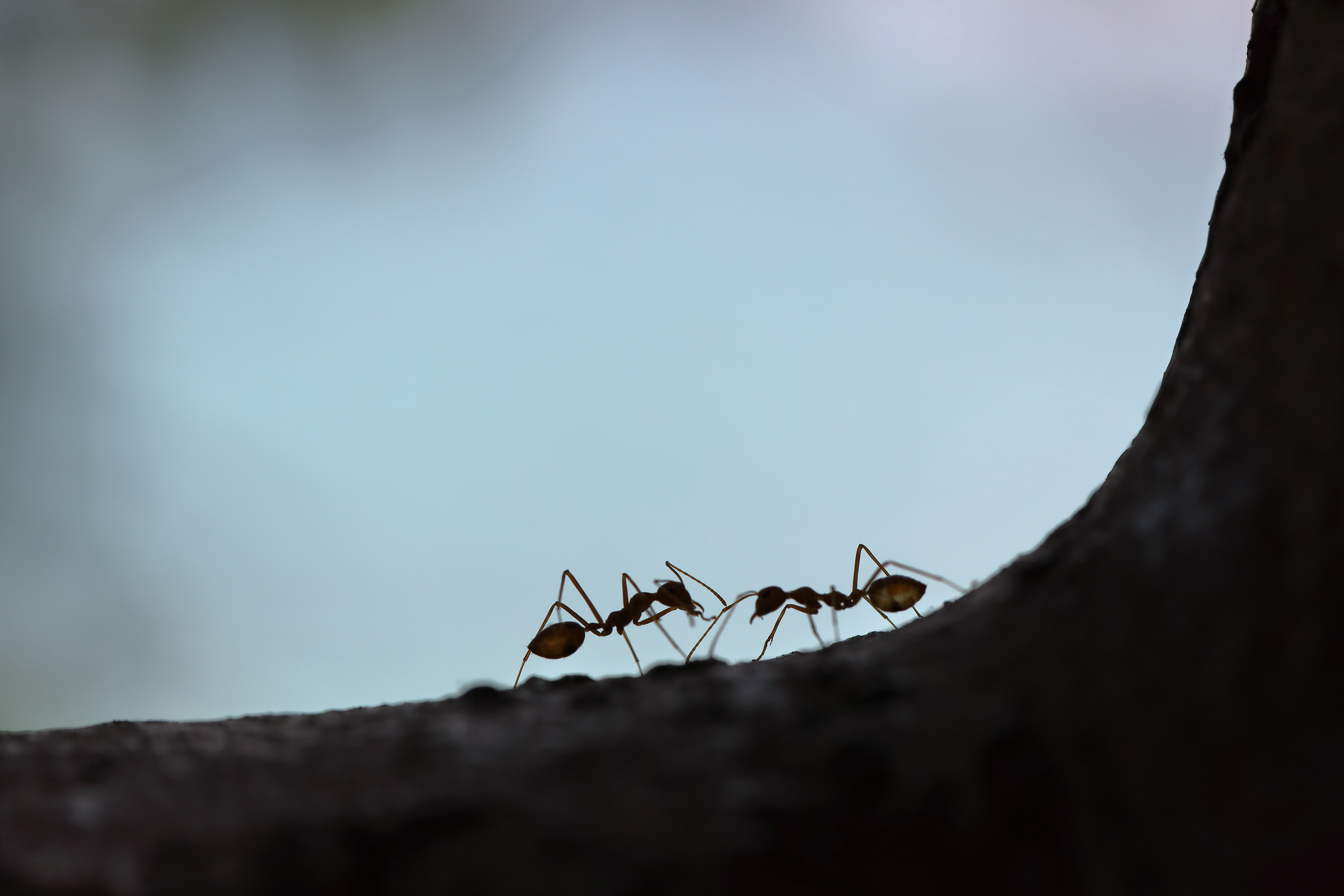Find a mentor in nature

Photo by Daniil Silantev
Biomimicry
1 Week | Mar 2020 | Copenhagen Institute of Interaction Design
1 Week | Mar 2020 | Copenhagen Institute of Interaction Design
Role: Secondary research, Ideation, Concept making
Tool: Biomimicry framework
Team: Sammy Creegar, Yoshio Mikamo, Richard Wecker
Tool: Biomimicry framework
Team: Sammy Creegar, Yoshio Mikamo, Richard Wecker
Project Details: 1 week of exploring biomimicry tools and learning how to incorporate perspectives of nature into design.
Advisor: Rebeca Mora, Monica Syfried
Advisor: Rebeca Mora, Monica Syfried
Brief
Through your design, rethink how do we grow as species and provide more sustainable, nature inspired solution.
Track your gut biome and health
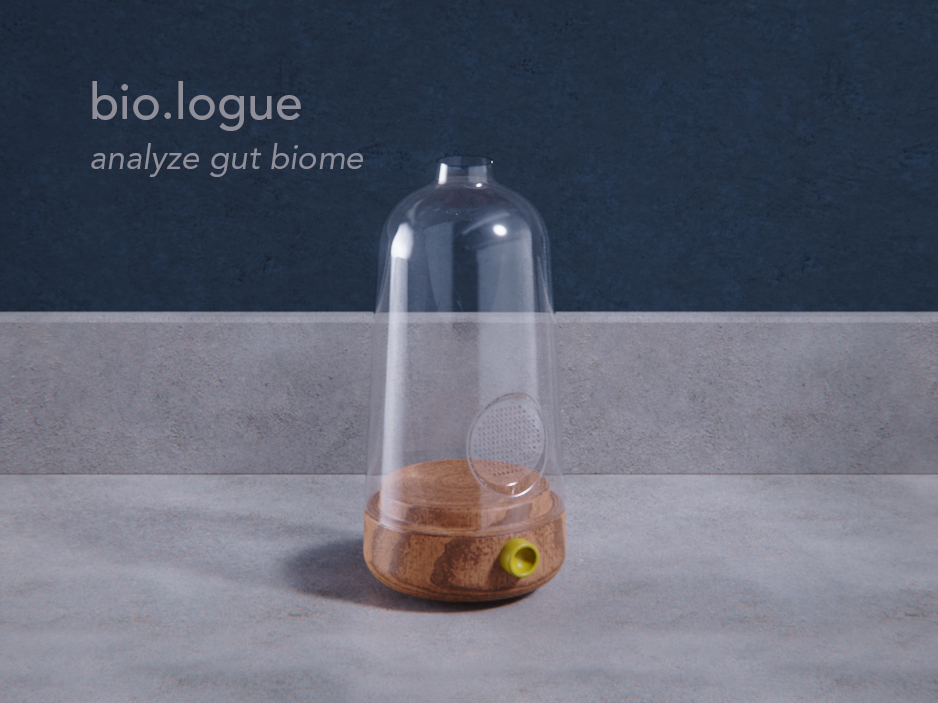
What is Bio.logue?
Bio.logue is a speculative household product – a personal health device that allows users to monitor food intake and metabolism through building a relationship with their gut biome overtime. One simply breathes into it to begin the process. As a user is breathing, Bio.logue collects key information to then provide an analysis of your health. There’s also an option to see your overall health history from previous years. This information can help you potentially confirm health concerns as well as take proactive steps to subside any issues.
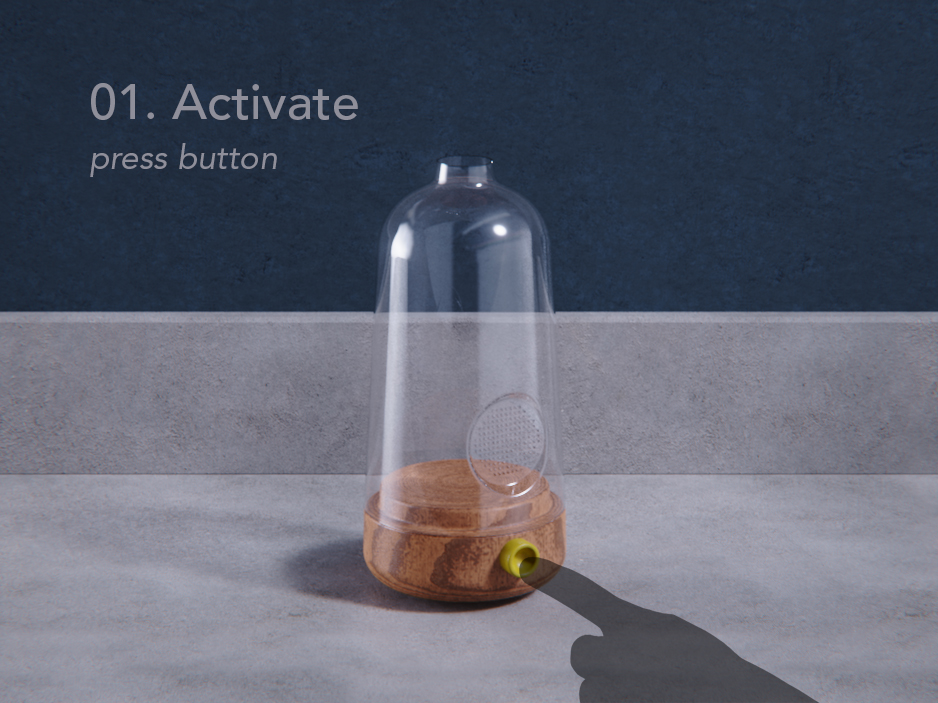

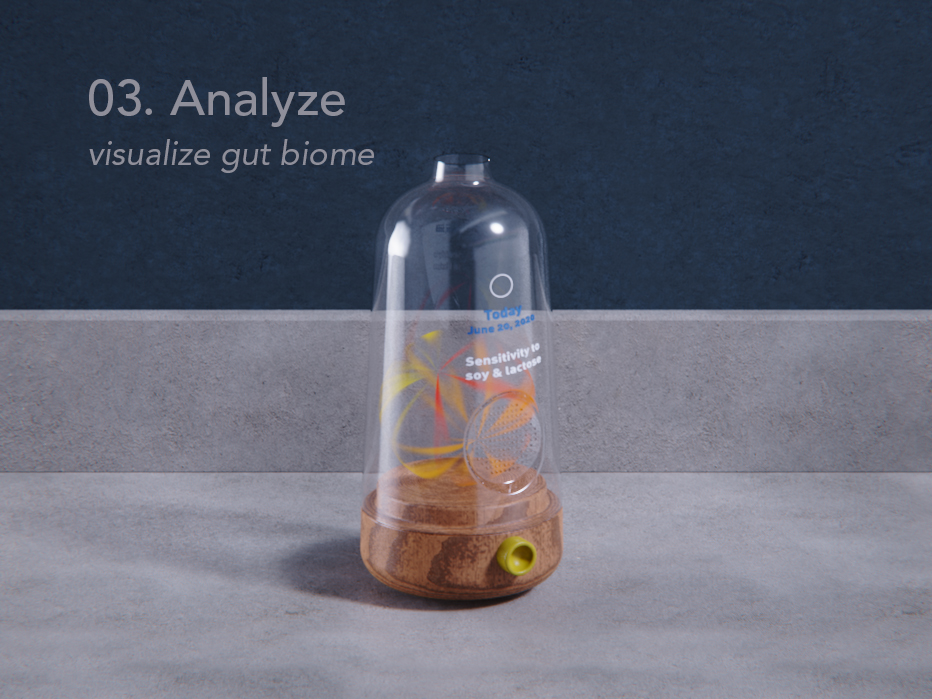
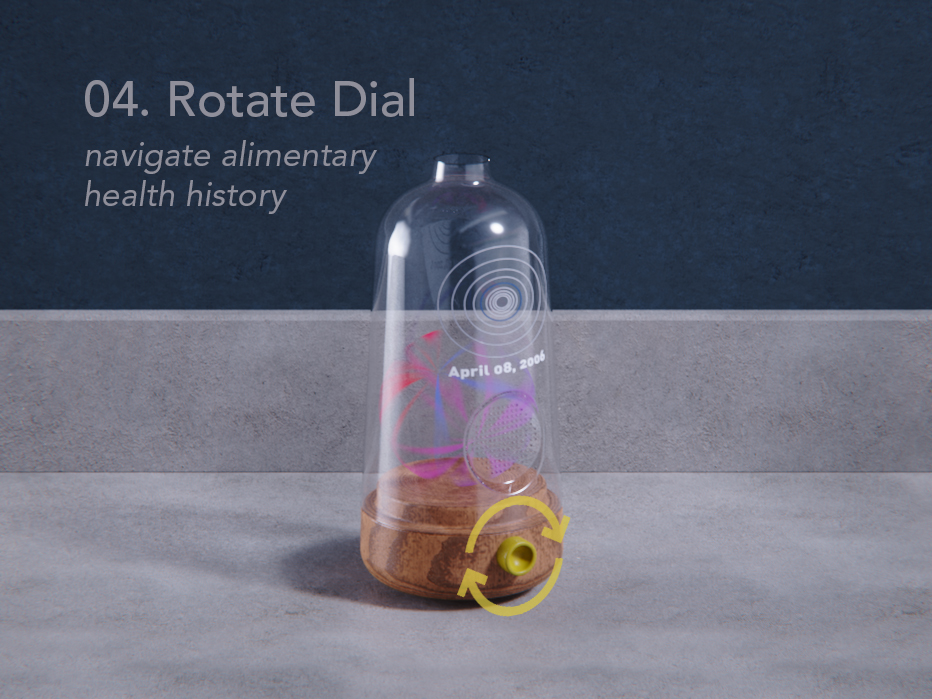
Using biomimicry framework
This concept was developed over 2 days adapting the learnings of how to use biomimicry framework.
![]()

Identifying context and design challenge
Fast food, factory farming and mass consumption have led to abundance that is inequitably distributed. The food industry has also forstered the detachment of people with the food they eat and their physiology.
We produce more food than we consume; in the meantime, some individuals consume more than they need and others are unable to have enough food to stay healthy. The current food distribution and system is not efficient enough and wastes a lot of food. How can we distribute resources wisely and efficiently? This is our collective problem, but changing this whole system is a massive task. What if we focus on the individual level?
What if individual can know the adaquate amount of food to consume (and track their health)?
We produce more food than we consume; in the meantime, some individuals consume more than they need and others are unable to have enough food to stay healthy. The current food distribution and system is not efficient enough and wastes a lot of food. How can we distribute resources wisely and efficiently? This is our collective problem, but changing this whole system is a massive task. What if we focus on the individual level?
What if individual can know the adaquate amount of food to consume (and track their health)?
How does nature recarlibrate and optimize the system?
Function︎
Social insects like ants, detect each other’s smells using sensors in their antenna.
Deep Principle︎
Ant’s antenna are highly sensitive to chemical changes, with sensory neurons able to respond to a variety of subbtly different hidrocarbon odors.
Life’s Principle︎
1. Use feedbback loops
2. Cultivate cooperative relationships
Function︎
Chronological record with indicators for environmental context
Deep Principle︎
A tree’s diameter (girth) growth is via cell divisions in the cambium layer of the bark. Cambium is comprised of growht tissue cells and found just under the bark.
Trees form new cells each year, arranged in concentric circles called annual rings or annual growth rings. These annual rings show the amount of wood produced during one growing season, which varies depending on environmental factors.
Life’s Principle︎
Build from the bottom up
Ideation![]()

